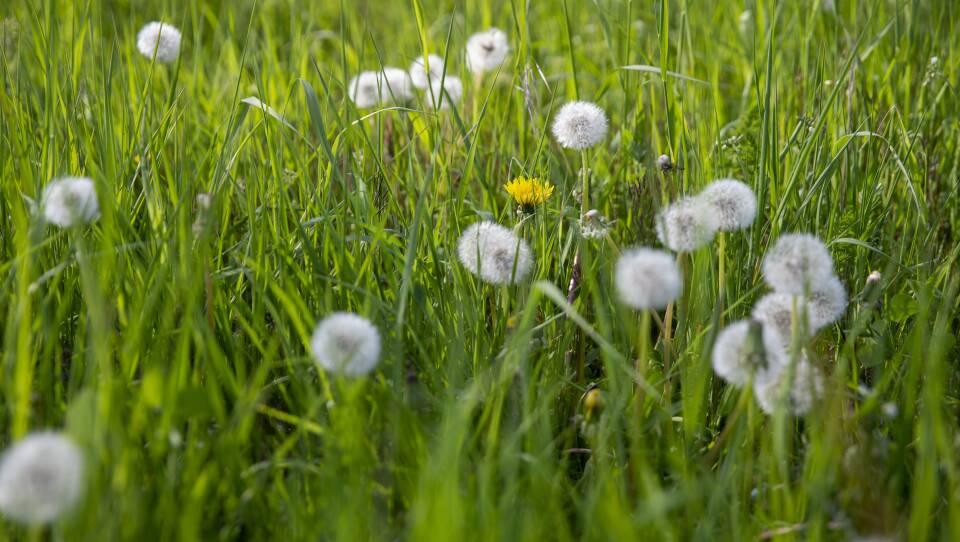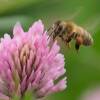Meteorologist Dave Epstein is our go-to person for pressing weather questions on everything from winter blizzards to summer droughts. He’s also a horticulturist, meaning he’s an expert in anything that grows leaves and flowers. GBH's Morning Edition asked our audience for weather and gardening questions, and Dave graciously answered them on the air. This transcript has been edited for clarity.
Have a gardening or weather question for meteorologist Dave Epstein? Tweet him @GrowingWisdom, email us at thewakeup@wgbh.org, or text 617-300-2008.
What’s No Mow May? Should I do it?
The idea behind No Mow May is to hold off on mowing lawns during the month of May, letting flowering weeds and other plants grow so pollinators can have an easier time finding flowers early in the season, Epstein said.
“It started in the Midwest,” Epstein said. “The caveat here is if you've got all grass and you have one of those perfect lawns that you've been treating with chemicals and there are no pollinating things, then it doesn't matter.”
This is one of the best articles I've seen on what to plant for native #pollinators especially those that are in trouble. #natives #NoMowMay 🐝🦋🐞🐛🦟 @UMassD https://t.co/f9dALQXSll
— Dave Epstein (@growingwisdom) April 26, 2023
Epstein mentioned creeping Charlie, also called ground ivy, a plant that produces tiny purple flowers that are perfect for spring pollinators. People usually consider it a weed, he said.
“It's great for the pollinators but a lot of people are like, 'I don't want this in my lawn, I'm going to rip it out,'” he said. “And so they treat it. And now you've got just blades of grass, and blades of grass aren't good for pollination.”
To sum it up: No Mow May has Epstein’s approval. “But you've got to have something to not mow, if that makes sense,” he said.
"Why do the ends of fruits, the points furthest away from the stem, seem to taste sweeter?” — Brad
The answer begins in photosynthesis, Epstein said.
“One of the byproducts [of photosythesis] is sugar that's being transported from the leaves,” Epstein said. “It gets into the fruit. So the phloem [plant tissue that conducts sugars] is actually carrying the sugars into the fruit.”
The sugars do not, in fact, originate in the fruit, Epstein said. But as the fruit ripens, the sugars inside of it are converted into different starches, he said. Because the ends of the fruit ripen first, and because much of the fruit found in local supermarkets is picked before it is fully ripe to preserve it until it can be sold, often only the ends have reached sweet, ripe starchy development.
“My husband says it's beneficial to put seaweed in the garden. Would you agree?” — Listener in Rhode Island
Yes, Epstein said. He uses seaweed in his garden, too.
“It's a great way to tamp down weeds,” he said. “So in between my rows, I'll take some seaweed. We have a little cottage up in Maine, and so sometimes when I'm up there, I'll take a bag of seaweed.”
There are also seaweed-based fertilizers available, he said.
“Now, exactly how much and how you work it in, I would do a little bit more research on,” he said. “I wouldn't put a ton down because, you know, you could put too much of a good thing. But yeah, it's perfectly good in the garden and also great in compost piles.”
Dave’s Growing Wisdom Tip: “Whether or not you have a big garden, do some things in containers. This is a great couple of weeks ahead, with cool and relatively damp weather. Lettuces, radishes, turnips, Asian greens, kales — all will be really happy planting in the garden right now.”








